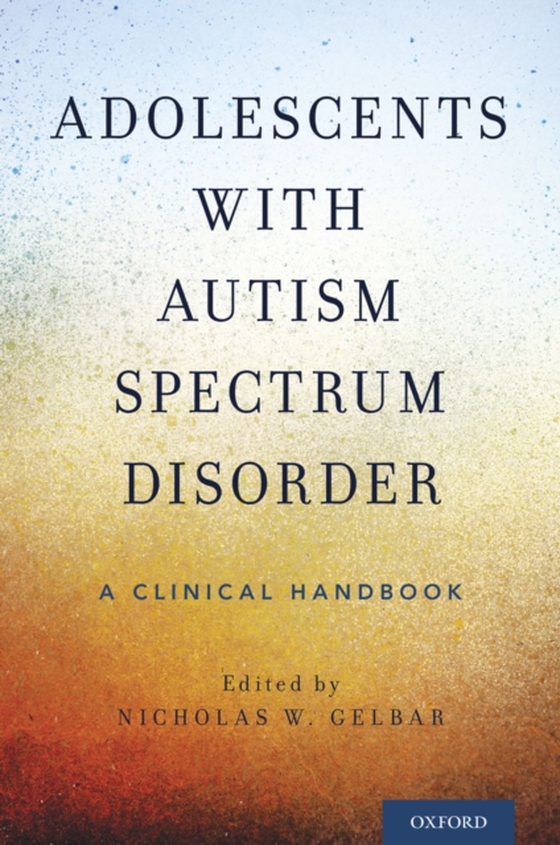
Adolescents with Autism Spectrum Disorder e-bog
436,85 DKK
(inkl. moms 546,06 DKK)
Adolescence is a challenging stage for all individuals, especially for those with Autism Spectrum Disorder (ASD). Individuals with ASD face increased social isolation and engage in more challenging behaviors during adolescence. They also experience increased mental health challenges including anxiety and depression, and they are among the least likely of any disability group to attend college,...
E-bog
436,85 DKK
Forlag
Oxford University Press
Udgivet
22 november 2017
Længde
536 sider
Genrer
JFSP2
Sprog
English
Format
epub
Beskyttelse
LCP
ISBN
9780190669003
Adolescence is a challenging stage for all individuals, especially for those with Autism Spectrum Disorder (ASD). Individuals with ASD face increased social isolation and engage in more challenging behaviors during adolescence. They also experience increased mental health challenges including anxiety and depression, and they are among the least likely of any disability group to attend college, be competitively employed, or live independently. At the same time, adolescents with ASD face a major shift in available services and support as they exit the K-12 educational system. The need to present what is known about this group in order to inform clinicians, researchers, and educators cannot be understated. Adolescents with Autism Spectrum Disorder synthesizes current science on adolescents and young adults with ASD in order to inform mental health practitioners and education professionals who work directly with these individuals. While early childhood interventions for ASD have been extensively developed and tested, research on adolescents and young adults with ASD has lagged behind until recently. This comprehensive handbook can be utilized to train students and professionals in applied mental health roles. The handbook includes three sections: Part I reviews diagnosis and treatment of adolescents with ASD; Part II details how to support their educational needs; and Part III discusses special populations including college students and young women. Chapters highlight recommendations for clinicians and include study questions and additional resources.
 Dansk
Dansk

